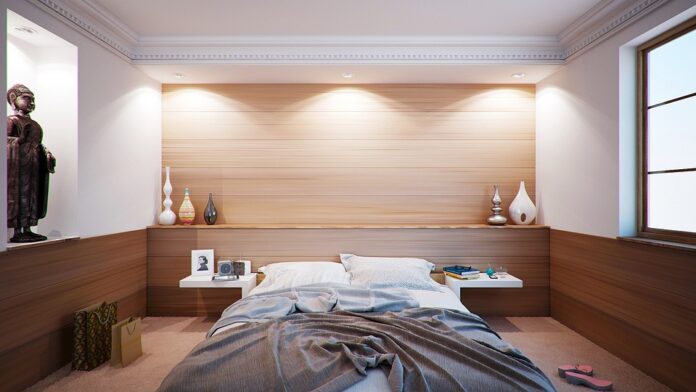Transform Your Outdoor Space with These Garden Design Tips
Your home’s outside space is an important part of its overall aesthetic. With careful planning, your garden may become a tranquil retreat where you and your visitors can relax in comfort. Whether you’re working with a little balcony, a large backyard, or even a rooftop garden, these garden design guidelines can help you create a beautiful and relaxing outdoor retreat.
1. Take Stock of Your Area
It is important to measure your outside area before you begin to create your garden design. Think about the garden’s dimensions, its form, the amount of sunshine it gets, and any obstacles, such trees, bushes, or buildings, that you already have there. You may use this information to plan out your garden more effectively.
2. Pick Out the Best Plants
The key to a balanced and aesthetically pleasing landscape is careful plant selection. Think about the kind of weather you have, the soil you have, and how much sunshine your garden gets. To give your garden dimension and visual appeal, grow a wide range of plants with contrasting heights, colors, and textures.
3. Use Hardscaping Features
Incorporating hardscape components like paths, patios, and water features into your garden design may enhance its structure and utility, just like plants can. To make your outdoor area seem more coordinated, think about including natural elements such as gravel, wood, or stone that go well with the plants.
(4) Install Outdoor Lights
An outdoor lighting system may make your garden seem like a mystical haven, extending the time you can spend there after dark. Create a welcoming ambiance and draw attention to certain garden elements with a mix of route lighting, accent lighting, and overhead lighting.
5. Design Outside Spaces for Living
Build outdoor rooms where you can have parties, dine al fresco, and take in the scenery of your garden if you want to maximize your outdoor living space. Your outdoor space can be transformed into a warm and welcoming retreat with the addition of a dining area, plush seating, and decorative pieces such as rugs, pillows, and artwork.
These garden design advice can help you create an outside environment that is both attractive and useful, adding value to your house. You may design a garden that is a reflection of your taste and a tranquil sanctuary that you can enjoy throughout the year with little effort and meticulous planning.
Questions and Answers
First, what factors should I consider while selecting plants for my yard?
When planning your garden, it’s important to think about factors like weather, soil, and sunshine. Find out what kinds of plants do well where you live, and then fill your garden with a rainbow of colors and textures.
2. In a landscape design, what are some common hardscape components?
Designing your garden with popular hardscape features like pathways, patios, water features, and retaining walls is a great idea. In addition to enhancing the aesthetic value of your garden, these features can serve practical purposes and provide structure to your outdoor space.
Asking #3: How can I improve the look of my garden with outdoor lighting?
By illuminating focal points, casting a warm glow, and extending your outdoor entertainment options into the evening, outdoor lighting can elevate your garden design. For a more enchanted garden experience, try a mix of pathway, accent, and overhead lighting.
4. In order to complete outdoor living spaces, what are some must-have accessories?
Think about adding outdoor artwork, cushions, rugs, and dining set to your outdoor living space to make it more inviting and comfortable. These add-ons can make your outdoor area more attractive and practical, while also making it more pleasant to spend time there with friends and family.
5. How can I maximize the potential of an intimate outdoor area?
Vertical gardening, multipurpose furniture, and designated areas for eating, gardening, and relaxing are all great ways to make the most of limited outdoor space. Your outdoor space can be transformed into a haven of beauty and functionality by making smart use of the space you have and implementing innovative design solutions.

